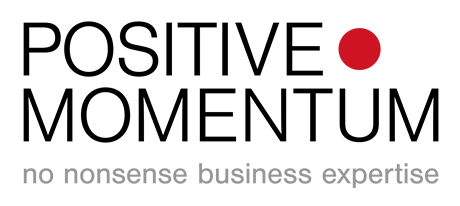To boost customer conversion and meet short-term revenue goals, many subscription-based businesses (and their sales team) immediately turn to discounting.
A survey carried out by ProfitWell, compiling the views of sales team members from 8,000 subscription-based companies, revealed that over 70% of practitioners think some form of discounting should be used to get customers to convert. What’s more, nearly 80% of respondents believed a discount of +25% was appropriate.
But while discounting can help to boost customer conversion in the short-term, it can have dangerous repercussions for your business further down the line: resulting in higher customer turnover rates, and a loss in business revenue. Indeed, according to Price Intelligently, aggressive discounting (+ 20%) can reduce the average customer lifetime value by as much as 30%.
‘Dangerous discounting’ is a problem I see again and again in my work as a consultant. The sales team, under pressure to meet quarterly booking targets, start aggressively discounting in the last few weeks of the quarter. In the short-term, the effects of this discounting strategy look rather effective – the sales team exceed their targets and reap the reward. However, in the longer-term, the business is left with customers that:
a) Have a lower willingness to pay (and may not think the product is worth the original price)
b) Are more likely to cancel and “churn out” when the price is brought back up
c) Have lower lifetime value – to the point that the business may never actually end up recovering the investment they initially made to acquire these customers.
So how can businesses be smarter about discounting?
Remember you are NOT selling a retail commodity
Discounting works in retail because the process of customer acquisition is repeated again and again. Every time a one-off purchase is completed and consumed, the process of winning the customer (persuading them to buy another product) starts again.
However, for subscription-based companies, the process of customer acquisition is different. Ideally, customer acquisition happens only once. And, so it is important that businesses think more carefully about the appropriateness of a proposed discount. What impact will the discount have on customer lifetime value as opposed to quarterly quotes/booking numbers? What impact will it have on the time spent recovering customer acquisition costs? What impact will it have on customer perceptions of the product/service they have signed up to use?
Always limit your discount in scope and time
The point of a discount is to lower the initial activation energy needed to close a deal. By only offering the discount for a certain time to a certain group, you will help to create a sense of urgency, while reinforcing the view that the discount is a one-off exception and not the rule.
Consider package level discounting (discounting without actually discounting)
By offering a discount on a premium package or annual plan, businesses can actually help to persuade a customer to either pay more than they might have otherwise planned or stick around for longer.
For example, a business could give a customer the option of taking the £500 standard package plan or, by signing up today, they could get the premium package (with all of its extra features) for £600 per month (instead of the regular price of £700). And, they can have it at this price until they cancel or downgrade (after which they would have to pay the full price again).
Likewise, to help ensure customers stick around for longer, businesses could give the customer the option of a £500 monthly subscription which they could cancel at any time, or a 1 year plan at the price of £400 a month.








